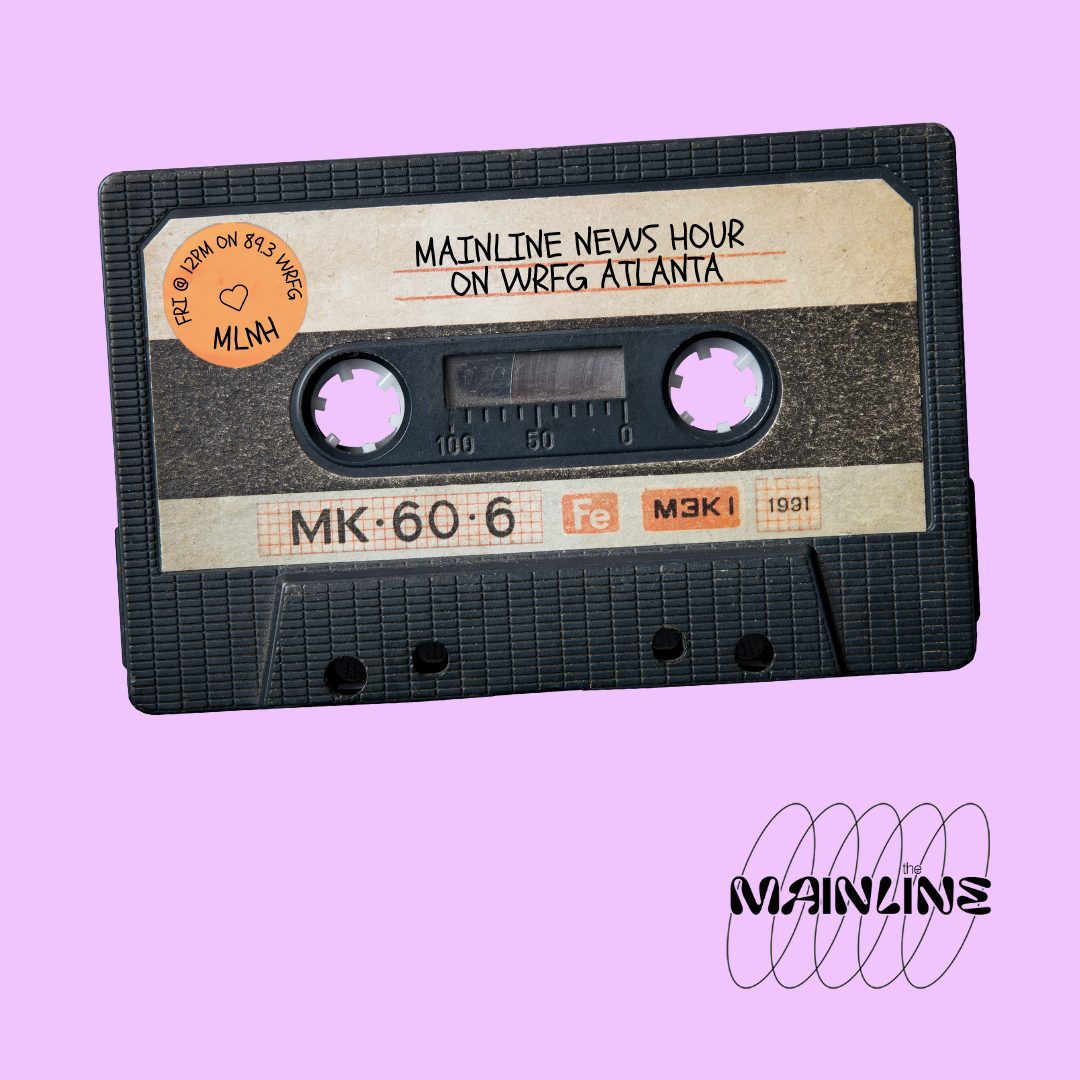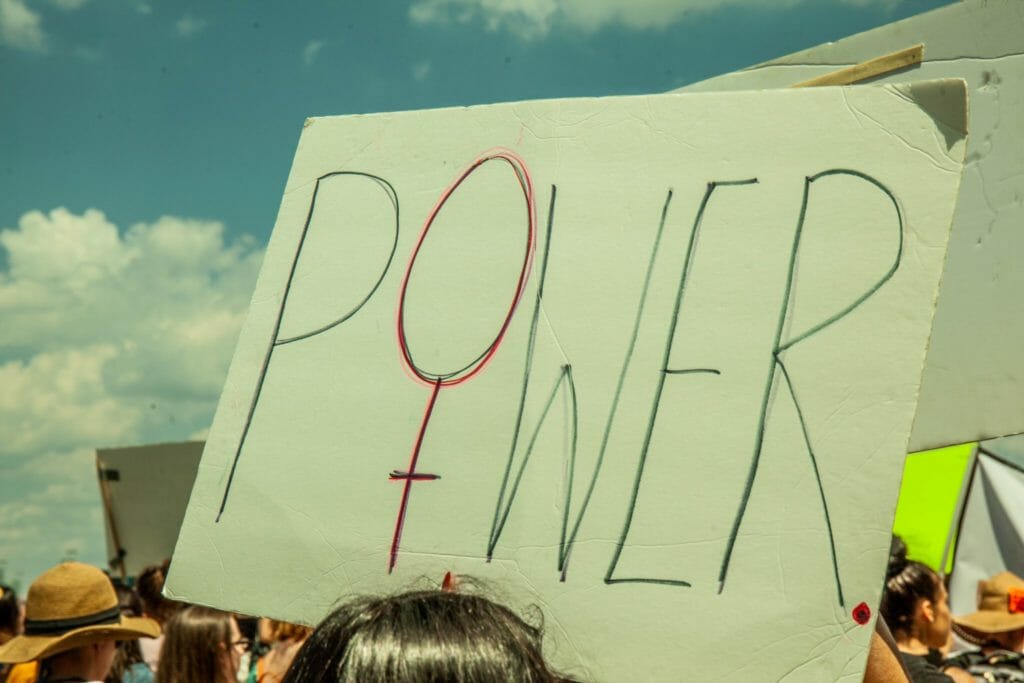New plans aim to combat gentrification and increase affordable housing unlikely to help with old housing policies still intact

ATLANTA — The affordable housing shortage in Atlanta continues to plague the capital city as much, if not more, than COVID-19 and police brutality in 2021. New initiatives, plans, and ordinances are seeking to finally provide some real relief. But coupled with old habits like tax incentives for big companies, stalled funding, new luxury builds, and outdated housing policies, the road ahead might be longer and tougher than expected.
According to data from Atlanta City Design, “from 2010-2018, 17,513 new housing units were added in the City of Atlanta. Of those, only 3,301 were priced under $1,000/month. Most of the new housing production in the city is not addressing the need for affordable housing options for households earning less than $45k/yr.”
Mayor Keisha Bottoms’ One Atlanta Housing Affordability Action Plan has called for zoning and land-use reform to allow more affordable housing types, such as Accessory Dwelling Units (ADUs), to be built throughout the city. The Department of City Planning (DCP) hosted community conversations about the process and new ordinances. At the heart of the change is the rezoning of single-family zones R-1, R-2, and R-3. Historically, used in exclusionary housing practices, these zones — along with redlining and urban renewal — were used to segregate Atlanta. The zones vary by lot size and what type of dwelling can be built on them. According to DCP, changes to the zones would allow potential for more than 11,000 new housing units. These units could be built if just 15% of current single-family properties were able to build an ADU, basement apartment, or garage conversion.
On a personal note, that rezoning would end the four-year nightmare for me and my husband in building an ADU in our backyard. No more long nights of researching codes and headaches caused by attempting to navigate the complex system of filing for variances and permits. It would cease the countless iterations of designs to meet requirements. And it would finally put an end to the multiple tours and talks with people who have been lucky enough to live in the right neighborhood, zone, and NPU who couldn’t provide us with straight answers on how to build our own ADU.
If done correctly, the additional units will play a large role in the affordable housing shortage in the city. They could also help provide additional income for an aging population looking to age in place or a chance to create multi-generational housing. The units would have also come in handy at the beginning of the pandemic when so many college students and adult children were forced to return home.
Another part of the One Atlanta Plan is the use of an inclusionary zone. The inclusionary zone applies to all new multifamily rental developments, with at least 10 units that are located within the Beltline Overlay District to set aside a portion of those units as affordable or pay in lieu of fees. The district is for properties roughly a half-mile in each direction of the Beltline corridor. On Feb. 2, the mayor’s office also released the first report on the first three years of the Inclusionary Zone.
According to the report, 384 affordable units and 775 subsidized units have been created in three years. Data provided by Atlanta Beltline Inc. (ABI), shows that since 2006, 3,195 affordable housing units have been created in the Beltline Planning Area and the Beltline Tax Allocation District (TAD). All of these areas encompass roughly the same space.
ABI has ramped up its requests for additional funding by proposing a Special Service District (SSD) along the Beltline Corridor. According to their website, the SSD “can provide critical funding towards the approximately $350M to complete the BeltLine mainline trail.” The SSD properties, which includes all commercial and multi-family properties within a half-mile of the Beltline, will see a two millage rate increase to their tax bills. ABI presented this proposal to Atlanta City Council members during a work session and held a study group/virtual meeting with Southwest Atlanta community members last week.
Not included in the community presentation were slides discussing the potential for the new SSD tax to be passed along to tenants. The new tax could cause subsidized or low-income multi-family housing owners to see an estimated $1,900 added to their tax bill as early as this year, while luxury class-A owners could see an estimated $34,000. This information was included in the presentation to the city council. The SSD plan does not include a requirement that landlords pass the extra costs to their tenants, but it is not forbidden.
I asked the community presenters if the SSD was not approved, when the city could expect the Beltline’s completion as well as the light rail inclusion. Vice President of Design and Construction Kim Wilson responded while referencing the schedule for completion using the 10 years remaining in the Tax Allocated District funds.
“If we don’t have the cash flow to fund construction because of the SSD,” she told me, “we will finish designs on a number of segments and then put our pencils down and wait for construction funding to come … we want to make sure we finish this before 2030.”
In response to light rail inclusion, she said, “MARTA is setting the schedule for the implementation of the light rail … SSD does impact the ability of MARTA to move forward with transit, because there are areas of the Beltline where we are just now starting transit studies.”
Wilson also added that SSD would help support transit implementation by prepping the land where the rail will eventually go.
Of the 33 miles of the Beltline walking trail, 7.9 miles (33%) are complete while zero miles of the 22 miles of Beltline light rail are completed. Presently, the 2016 penny tax vote has led to a collection of more than $200M and spurred the More MARTA Plan. The plan seeks to improve existing transit and include a variety of new transit options throughout the Beltline and Atlanta. Part of the plan would see an expansion of the streetcar that would stretch as far as Greenbriar Mall. Until now, not much of the plan has been implemented and funds have still not been distributed. For instance, ABI’s website says the Eastside trail is “shovel ready” for the light rail, but waiting on the allocation of funds from MARTA.
ABI has also implemented its Legacy Resident Retention Program in late 2020. The program aims to help homeowners along the Westside and Southwest trails with their existing tax bills through 2030. This initiative will hopefully protect residents of westside neighborhoods once large Beltline adjacent projects like the Bellwood Quarry conversion and Microsoft campus near completion.
On Feb. 11, Microsoft publicly announced that they indeed purchased land at Bellwood Quarry for their new campus. Microsoft’s initial $127M purchase was for the 70 acres of what would have been the Quarry Yards project by Urban Creek Partners. They added an additional 20 acres in late 2020.
According to Michael Ford, Corporate Vice President of Global Real Estate and Security at Microsoft, the company will be taking a “community first” approach with this project. Microsoft’s president, Brad Smith, announced that 25% of the 90 acres will be set aside for Grove Park residents for affordable housing and other key community initiatives. Smith also emphasized the importance of community interaction and involvement in the project in his conversation with Mayor Bottoms and Gov. Brian Kemp following the announcement.
Microsoft will also be expanding in Douglas and South Fulton counties with its data centers after receiving large tax incentives, as well as the new office location in Atlantic Station called Atlantic Yards.
In early 2020, the city council approved a moratorium on the acceptance of any new rezoning applications, building permit applications for new construction, and other applications for new development in the areas surrounding Westside Park. The ordinance was extended in Nov. 2020, followed by a 180-day executive order issued by Bottoms on Feb. 17.
In a press release, Bottoms said, “We know that every permit triggers some form of change in these communities, and it is of the utmost importance that development is carried out in a deliberate, fair, and thoughtful manner.”
This is a welcomed approach, but the moratorium did not stop a now-former City of Atlanta Solicitor’s office employee Andrew W. Hughes from purchasing a vacant lot for $38,000 then building and selling the 2,677-square foot home for $411,000. The city started investigating Hughes in early January.
The moratorium does not apply to projects that were already approved or currently in the building phase. This means that large-scale projects like Echo Street West, Oliver Street Townhomes, and Ten29 (or those in the rebranded areas of West Midtown and Upper Westside) can continue. In turn, more luxury and high-priced housing units will possibly be completed before some affordable and subsidized units will even be approved to begin.
On its current pace and path, the mayor’s goal of 20,000 affordable units by 2026 seems insurmountable. However, taking in the recommendations for land-use and rezoning by DCP and Atlanta City Design would move the needle. Atlanta could also follow the countless examples of successful cities, such as Minneapolis and Los Angeles, that have made it easier for residents to build additional units. The city should also take into account recommendations of organizations like Beltline Rail Now who aim to quickly and efficiently include rail service on the Beltline. Continuing to permit builds for luxury apartments, $500,000 four-story townhomes, and large multi-unit mixed-use structures will not meet the rising demands for affordable units, specifically rentals under $1,000/month.




